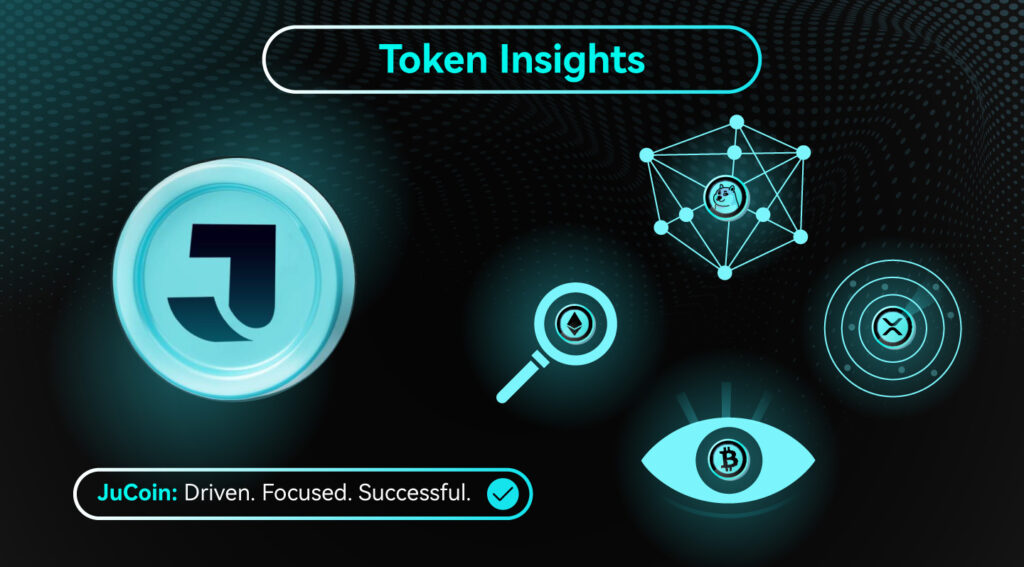
DePHY Network (PHY) is a comprehensive framework for Decentralized Physical Infrastructure Networks (DePIN), offering an end-to-end solution from open-source hardware to off-chain messaging layers, zero-knowledge verification, and automated token economics. Since its founding in 2023, DePHY has attracted support from the Solana Foundation, IoTeX, and the Stanford Blockchain Accelerator, and has validated over 50,000 off-chain/on-chain transactions in scenarios such as EV charging, edge AI, and sensor networks. This Token Insights deep dive covers project positioning, core technology, PHY token economics, ecosystem layout, and risk & strategy to help readers fully grasp DePHY Network’s opportunities.
Key Takeaway: DePHY Network builds a low-latency, verifiable DePIN messaging layer that integrates open-source hardware with zk verification; the PHY token underpins message payments, liquidity incentives, and governance. The ecosystem already spans EV charging and edge AI, backed by major institutions. Watch for multichain expansion and token unlock schedules.
Project Positioning: Unified DePIN Infrastructure
According to Medium, DePHY Network aims to provide a universal DePIN framework addressing high development costs and latency in device-blockchain interactions. By offering hardware prototypes, an off-chain messaging layer, zero-knowledge oracles, and token-economic templates, DePHY enables any DePIN project to prototype from hardware design to on-chain settlement rapidly and affordably. This one-stop positioning differentiates DePHY Network in the DePIN space.
Core Technology: Low-Latency, Verifiable Messaging
DePHY’s key components include a decentralized messaging layer built on a Trusted Execution Environment (TEE) and zero-knowledge oracles for fast off-chain matching, then zkSNARK or BitVM proofs submitted on-chain. Official DePHY data shows sub-500 ms message latency—orders of magnitude faster than traditional L1→L2—while preserving on-chain verifiability. Open-source hardware designs and a standardized SDK let developers launch a DePIN prototype in three days, dramatically lowering barriers.
PHY Token Economics: Distribution & Incentive Design
Total Supply: 1,000,000,000 PHY
-
40% Liquidity & Incentive Pool: mining rewards, hardware deployment incentives, community airdrops
-
20% Team & Advisors: 4-year linear unlock with 1-year cliff
-
20% Strategic Investors: 1-year cliff, then 18-month linear release
-
10% Ecosystem Fund: partner grants, R&D, marketing
-
10% Community Airdrop: testnet contributors & early developers
This allocation balances short-term incentives with long-term sustainability, deterring large dumps and sharing growth with early and ongoing contributors.

Ecosystem Layout: Use Cases & Institutional Backing
Since testnet launch, DePHY has advanced across multiple DePIN segments:
-
EV Charging: PowerPod projects use DePHY for real-time charging station reporting and reward settlement.
-
Edge AI: Partners like AeroNyx onboard edge compute resources via DePHY messaging and token rewards.
-
Sensor Networks: Thousands of environmental/logistics sensors connect for low-latency, secure on-chain data.
-
Institutional Support: Solana Foundation and IoTeX co-sponsor protocol R&D; Stanford Blockchain Accelerator provides academic and technical guidance.
These collaborations showcase DePHY’s broad fit and recognition in DePIN infrastructure.
Risks & Strategy Recommendations
-
Security Audits: Multi-component integration introduces risks—maintain continuous third-party audits and bug bounties.
-
Token Unlock Schedule: 40% incentive pool unlock events may pressure markets—monitor unlock dates closely.
-
Ecosystem Adoption: Device and project integration will drive actual PHY demand—early partnerships are critical.
-
Competition: Established DePIN platforms like Helium and Filecoin reign in verticals—DePHY must sustain tech and cost advantages.
Strategy: Participate in testnet contributions and airdrops for early tokens; provide liquidity in PHY–USDT pools for ongoing rewards; track ecosystem growth and upcoming multichain bridges to capture long-term upside.
FAQ
-
Why is DePHY low-latency?
Its off-chain layer combines TEE and zkOracles, achieving under 500 ms message verification—far faster than typical L1→L2 flows. -
How to join PHY liquidity mining?
Community runs PHY–USDT and PHY–BTC pools; provide liquidity on DEXs to earn PHY rewards proportional to your stake. -
What is DePIN?
DePIN (Decentralized Physical Infrastructure Network) uses token incentives to onboard hardware and service providers into public infrastructure. -
Token distribution details?
40% incentives, 20% team, 20% investors, 10% ecosystem fund, 10% airdrop. -
How will DePHY expand multichain?
Bridges to Ethereum, Polygon, and Cosmos IBC are in development to enable broader asset interoperability.
Key Points Summary
DePHY Network delivers a low-latency, verifiable DePIN framework across diverse use cases.
PHY token economics blend short-term incentives (40%) with long-term team lockups.
Use cases include EV charging, edge AI, and sensor networks, backed by Solana Foundation & IoTeX.
Monitor token unlocks, maintain audits, and follow multichain bridge launches to seize investment opportunities.
Investors should engage in early airdrops, liquidity mining, and governance to maximize upside.




